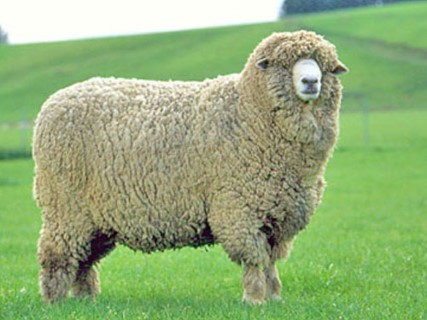New Zealand Halfbred sheep represent a registered breed that emerged in the 19th century through a strategic crossbreeding program. The breed was developed by crossing one of the English longwool breeds, such as Lincoln, English Leicester, or Romney, with the Merino breed.
These sheep are primarily raised in the foothills of the South Island high country in New Zealand, where they have adapted well to the local environmental conditions and farming practices.
One of the defining characteristics of New Zealand Halfbred sheep is their wool, which possesses specific qualities due to the crossbreeding. The wool of New Zealand Halfbreds typically has a fiber diameter ranging from 25 to 31 microns, placing it in an intermediate range between the coarser wool of Corriedale sheep and the finer wool of Polwarth sheep. This intermediate fiber diameter contributes to the versatility of their wool for various applications.
In addition to the fiber diameter, the staple length of the wool is another important trait. The staple length of New Zealand Halfbred wool ranges from 3 to 4 inches, making it suitable for a wide range of textile and fiber processing methods.
Overall, New Zealand Halfbred sheep are valued for their wool quality, which combines attributes from both the English longwool and Merino breeds, making them well-suited for diverse applications in the textile industry and contributing to the agricultural economy of New Zealand.
